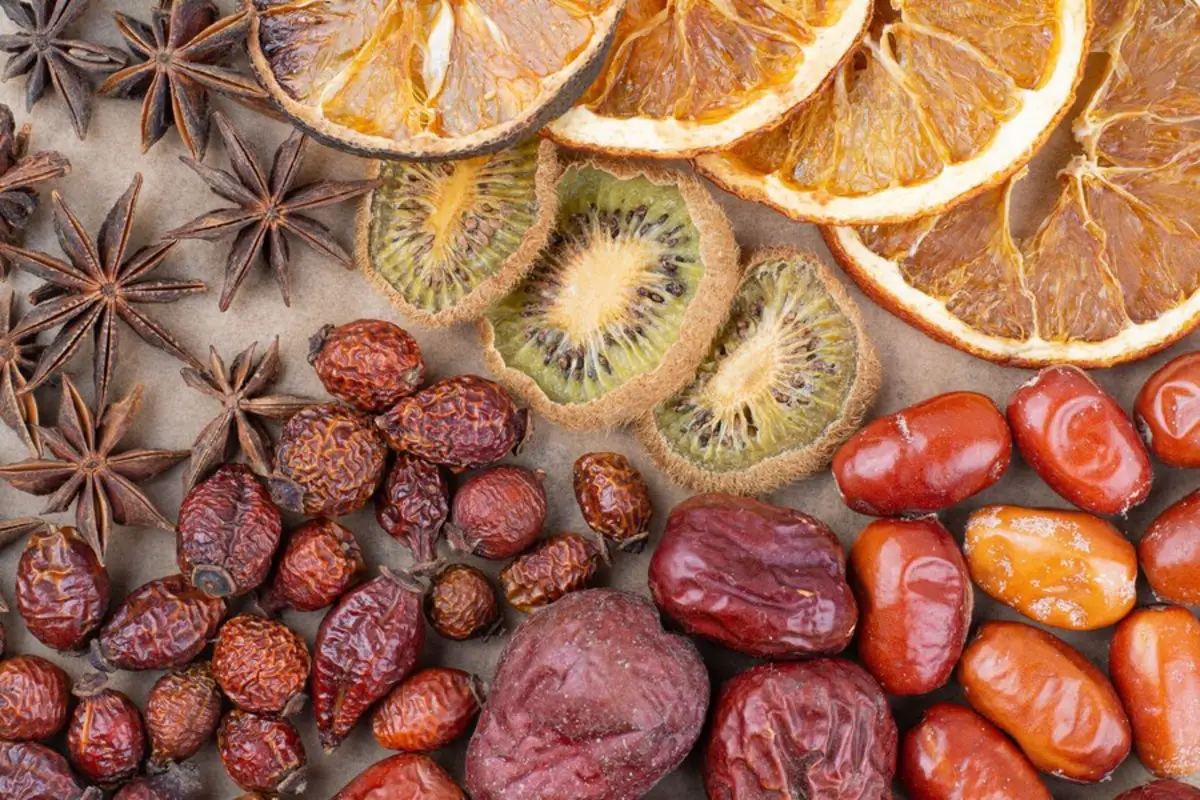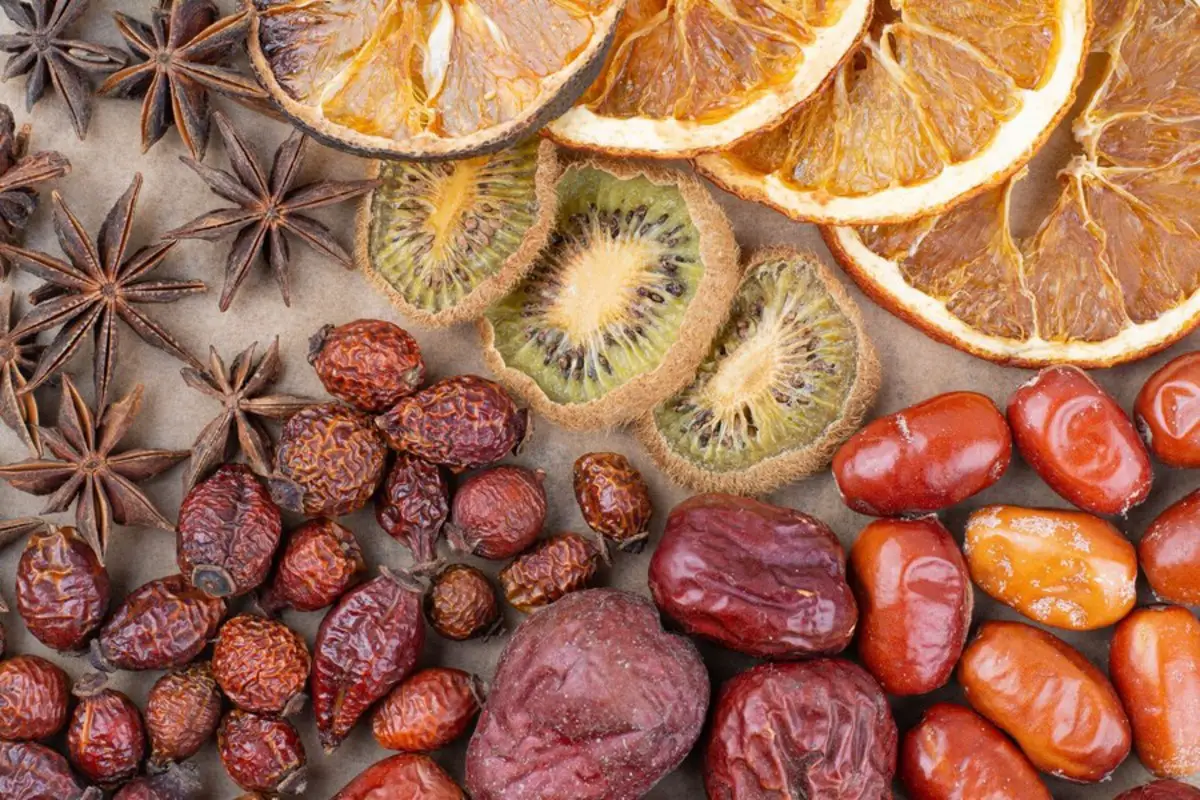
Newsletter Subscribe
Enter your email address below and subscribe to our newsletter

Enter your email address below and subscribe to our newsletter

As a chef, I’m always looking for ways to preserve the flavors of fresh, seasonal ingredients.
One of the oldest and most reliable preservation methods is drying – removing moisture from foods to prevent spoilage.
Today, there are many different methods of drying foods, but two of the most common are sun drying and dehydration.
In this article, we’ll explore the difference between these techniques, when to use them, and some tips for getting the best results.
In This Article

Sun drying is one of the oldest and most traditional methods of food preservation. It involves placing sliced fruits or vegetables on a tray or rack outside, where they are exposed to the sun and wind.
As the moisture in the food evaporates, it is carried away by the air, leaving the food dry and preserved.
One advantage of sun drying is that it requires no electricity or special equipment, making it a great option for people with limited resources or those who want to live off the grid.
Sun drying is also a great way to add natural sweetness and rich flavor to fruits like tomatoes, which caramelize in the sun.
However, there are some disadvantages to sun drying. First, it can be difficult to control the temperature and humidity, which can lead to inconsistent results.
Second, sun drying can be slow; it may take several days or even a week to fully dry certain foods.
Finally, sun drying requires ample outdoor space, which may not be possible for those living in urban areas.
Dehydration is a more modern and controlled method of drying foods. It involves using a machine known as a dehydrator, which blows hot, dry air over sliced fruits or vegetables.
This removes moisture from the food and allows it to be stored for long periods of time without spoiling.
One advantage of dehydration is that it is a more precise and consistent method of drying.
Dehydrators allow you to control the temperature and humidity, which ensures that the food is dried evenly and thoroughly. In addition, dehydration is much faster than sun drying and can be accomplished in just a few hours for most foods.
However, dehydration does have some disadvantages. For one, it requires electricity and a separate appliance, which may not be accessible or affordable for everyone.
In addition, some people find that dried food lacks the flavor and sweetness that comes from sun drying.
So, which method is right for you? It depends on your goals and resources. If you have ample outdoor space and want to add a rich, caramelized flavor to your fruits and vegetables, sun drying may be the way to go.
On the other hand, if you want precise and consistent results or live in an area with limited outdoor space, dehydration may be the better option.
No matter which method you choose, there are some tips you can use to maximize your results. First, choose high-quality, ripe fruits and vegetables with low moisture content for best results.
Second, make sure to slice them evenly to ensure that they dry at the same rate. Finally, monitor the temperature and humidity closely to avoid over-drying or under-drying.
As a chef, I’ve had ample opportunity to experiment with both sun drying and dehydration.
While both methods have their pros and cons, I’ve found that each has its own unique strengths.
When I’m looking for rich, complex flavors and natural sweetness, I often turn to sun drying.
There’s simply nothing like the taste of a sun-dried tomato or apricot, with its deep flavor and concentrated sweetness.
However, when I need precise and consistent results, or I’m working with delicate ingredients that need to be dried quickly, I rely on my dehydrator.
With its precise temperature controls and efficient drying, I can dry fruits, vegetables, and even meats in just a few hours without any risk of spoilage.
No matter which method you choose, it’s clear that drying is a valuable tool in any chef’s arsenal.
With some practice and experimentation, you can unlock the rich flavors and long-lasting preservation that come from this age-old technique.
It is not recommended to sun dry meat. Meat can quickly grow bacteria in warm, moist environments. Dehydration is a much safer and more effective method of drying meat.
Sun-dried foods should be stored in an airtight container in a cool, dry place. This will ensure that they stay fresh and do not spoil.
While it is technically possible to sun dry food indoors using artificial light, it is not recommended. Sun drying requires ample natural light and ventilation, which are difficult to replicate indoors. A dehydrator or oven is a much more effective option for indoor drying.